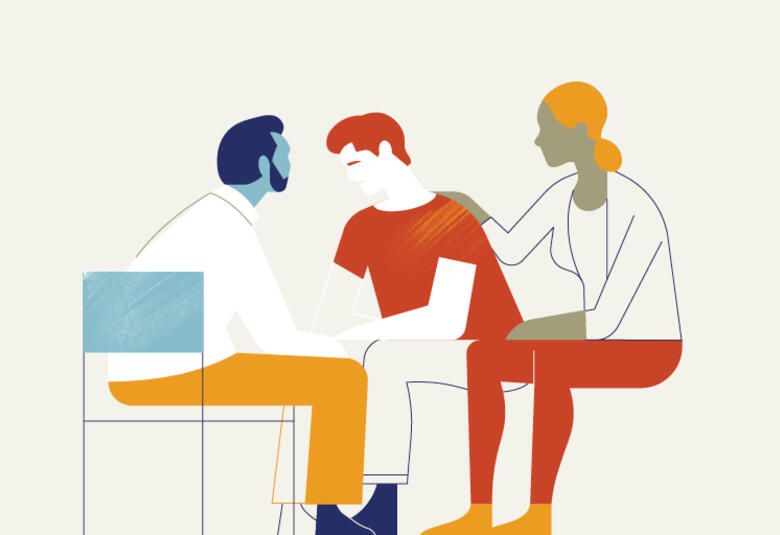Speaking at #EAN2021, Professor Elena Lebedeva, Ural State Medical University, Russia discussed the impact sex and gender differences have on the epidemiology, burden, clinical presentation, associated factors, triggers and management of migraine. Clinicians should consider sex and gender differences in their approach to diagnosis, prevention, and treatment of migraine as a fundamental step towards precision medicine, which will benefit both men’s and women’s health.
Sex and migraine burden
Migraine is a common neurovascular disorder affecting around 15% of the general population.1 Data show a higher incidence of migraine in women starting from puberty and continuing throughout life; for women the incidence of migraine peaks in their thirties with a steep decline after menopause.2 Over the life course, migraine occurs 3 to 4 times more often in women than men.1
Migraine is considered mostly a women’s complaint, even though it also affects me
Migraine is a highly prevalent and burdensome disease, yet migraine burden is differential with respect to sex. Migraine is a leading cause of disability worldwide, accounting for 45 million years of life lived with disability (YLD) in 2016. Headaches are most burdensome in women between age 15-49 years, with migraine causing 20 million YLDs, which was 11% of all YLDs in this age and sex group.3
Migraine has three times higher prevalence in women than in men
In the 2019 Global Burden of Disease study, headaches, depressive disorders, and anxiety disorders were the top three causes of disability-adjusted life years (DALYs) among females aged 10-24 years, while for males the top three causes were injuries: road injuries, self-harm, and interpersonal violence. Headache disorders was the fifth leading cause of DALYs regardless of sex among those aged 25-49 years.4
In both men and women, migraine is associated with lower education and income levels, and low levels of physical activity.5
Migraine is leading cause of disability worldwide in young women
Hormonal differences
Genetic, epigenetic, and hormonal differences of biological sex influence the physiology and disease process in ways that are being slowly unravelled.6 Women tend to have more severe attacks of migraine and specific types of migraine during different periods of life.1 Men with migraine generally have less severe attacks and disability, fewer monthly headache days, and fewer men have chronic migraine or migraine with aura.
Women tend to have more severe migraine attacks
Clearly, sex hormones –estrogen, progesterone and testosterone – contribute prominently to observed sex-related differences in migraine.1 Estrogens and progesterone regulate a host of biological functions; they influence several neuromediators and neurotransmitters and may cause functional and structural differences in several brain regions involved in migraine pathogenesis.2
The influence of sex differences in migraine is related to hormone levels on multiple mechanisms – including the role of calcitonin gene-related peptide (CGRP), cortical spreading depression, and various anti- and pro-inflammatory mediators.1,7 Fluctuations of ovarian steroid hormone levels (mainly estrogen) modulate CGRP in the trigeminovascular system during different reproductive milestones.7
Professor Lebedeva concluded that more studies are necessary for the detection of sex and gender differences in migraine, especially in men. She urged clinicians to consider sex and gender differences in their approach to diagnosis, prevention, and treatment of migraine as a fundamental step towards precision medicine, which will benefit both men’s and women’s health.
Our correspondent’s highlights from the symposium are meant as a fair representation of the scientific content presented. The views and opinions expressed on this page do not necessarily reflect those of Lundbeck.




